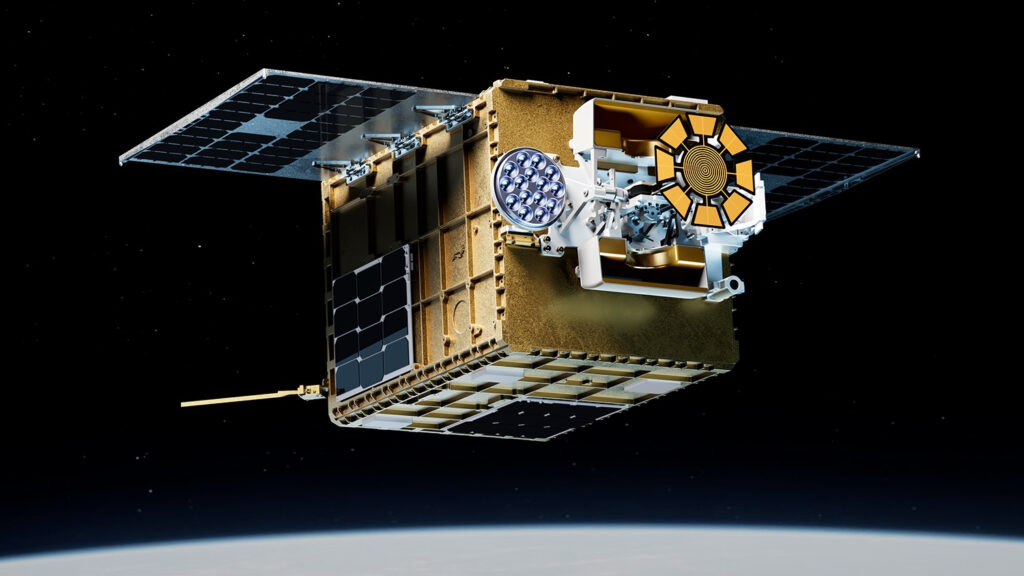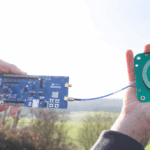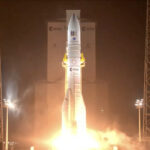Now Reading: SpaceX adds 23 satellites to Starlink megaconstellation after launch from Florida
-
01
SpaceX adds 23 satellites to Starlink megaconstellation after launch from Florida
SpaceX adds 23 satellites to Starlink megaconstellation after launch from Florida
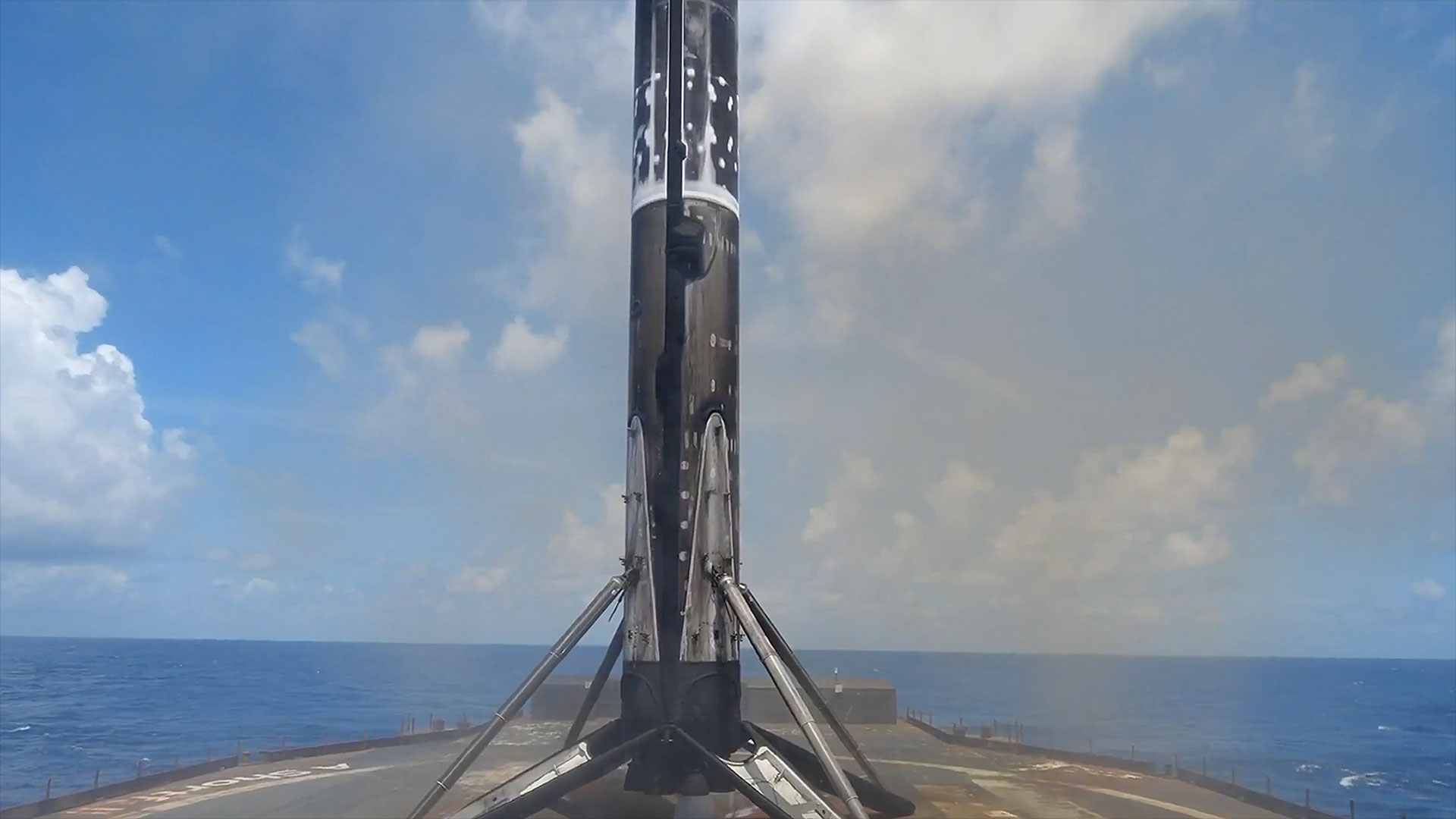
Less than a day after its last batch reached low Earth orbit, SpaceX again added to its Starlink megaconstellation on Friday (June 13).
A Falcon 9 rocket carrying 23 of the broadband internet satellites, including 13 with direct-to-cell capabilities, lifted off at 11:29 a.m. EDT (1529 GMT) from Space Launch Complex 40 (SLC-40) at Cape Canaveral Space Force Station in Florida.
Booster 1078 missions
The launch proceeded to plan, with the Falcon 9’s first stage (the booster designated B1078) completing its 21st flight. Deploying its four landing legs, the stage touched down on the droneship “A Shortfall of Gravitas” in the Atlantic Ocean.
The Falcon’s second or upper stage continued firing and was on track to deploy the new Starlink satellites (known as Group 12-26) an hour and five minutes after leaving the ground. Once in place, the spacecraft will become part of the space-based network, now totaling more than 7,600 units.
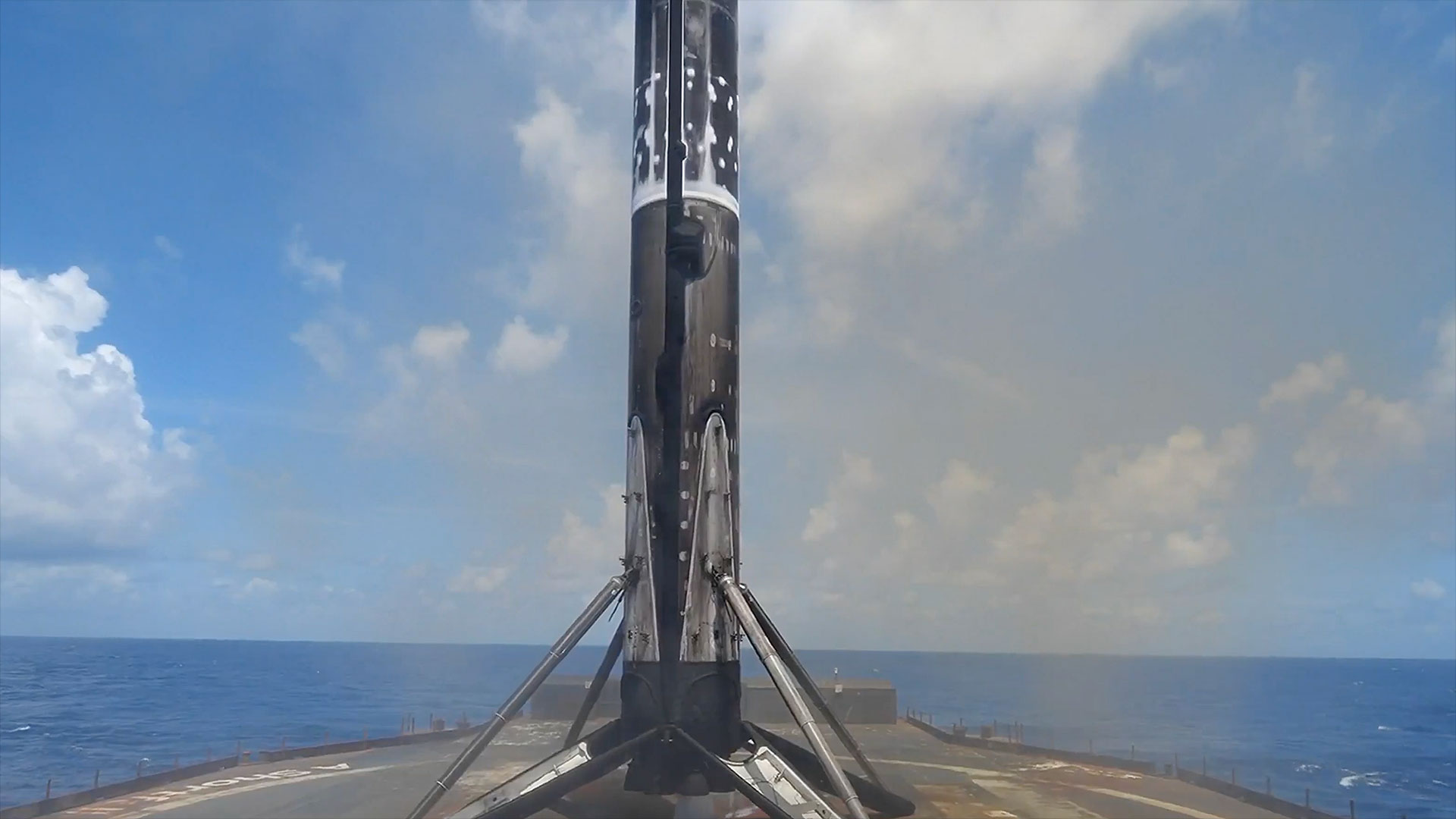
The direct-to-cell-capable satellites enable certain smart phones and select service providers’ networks to access the Starlink constellation directly, especially in places where ground-based coverage is not available.
SpaceX has now launched 73 Falcon 9 missions in 2025, of which 55 have been in support of the Starlink service. Friday’s mission followed a Starlink launch on Thursday evening from California, which marked the 500th overall completed Falcon mission.
Stay Informed With the Latest & Most Important News
Previous Post
Next Post
-
 012024 in Review: Highlights from NASA in Silicon Valley
012024 in Review: Highlights from NASA in Silicon Valley -
 02Panasonic Leica Summilux DG 15mm f/1.7 ASPH review
02Panasonic Leica Summilux DG 15mm f/1.7 ASPH review -
 03From Polymerization-Enabled Folding and Assembly to Chemical Evolution: Key Processes for Emergence of Functional Polymers in the Origin of Life
03From Polymerization-Enabled Folding and Assembly to Chemical Evolution: Key Processes for Emergence of Functional Polymers in the Origin of Life -
 04How New NASA, India Earth Satellite NISAR Will See Earth
04How New NASA, India Earth Satellite NISAR Will See Earth -
 05And Thus Begins A New Year For Life On Earth
05And Thus Begins A New Year For Life On Earth -
 06Astronomy Activation Ambassadors: A New Era
06Astronomy Activation Ambassadors: A New Era -
07SpaceX launch surge helps set new global launch record in 2024














